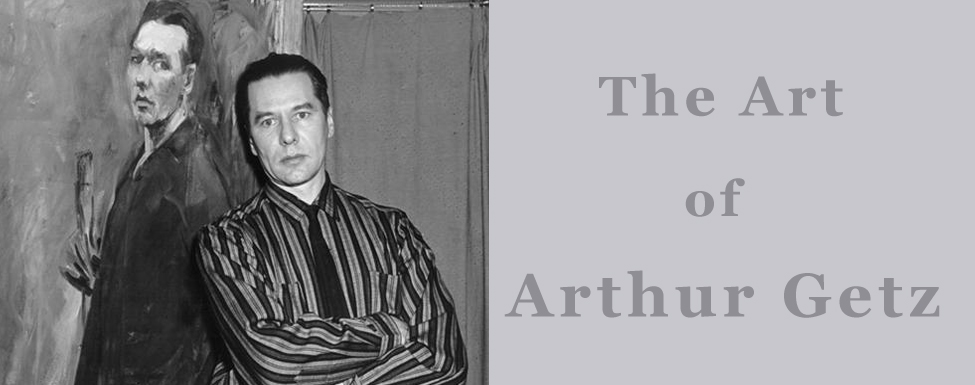The Art of Arthur Getz
Arthur Getz, who created 213 covers for The New Yorker magazine before his death in 1996, is being honored with two concurrent exhibitions in June. The Moviehouse in Millerton opened GETZ: Covers from The New Yorker Magazine Saturday, featuring 30 of the artist’s cover paintings from the 1940s through the 1980s. The exhibition continues through August.
Meanwhile, The Hotchkiss Library in Sharon is showcasing The Art of Arthur Getz: City & Country through June. This exhibit features a variety of Getz’s fine art—landscapes, prints and drawings—as well as New Yorker related work such as cover ideas and unused covers. Getz often produced more than one version of his cover ideas for the art department to choose from.
Getz, born in 1913 in Passaic NJ was perhaps best-known for his 50-year career with The New Yorker, making him the magazine’s most prolific artist cover artist in the 20th century, but he was also a fine artist, painting murals for the Works Progress Administration, writing and illustrating children’s books and teaching at the School of Visual Arts in New York City, the University of Connecticut and the Washington Art Association in Washington CT.
Getz graduated with honors from the Pratt School of Fine and Applied Art in 1934 and sold his first New Yorker cover in 1938. He served in the Philippines during World War II before returning to New York City and resuming his career as an artist. He soon became a regular contributor to The New Yorker and during the 1950s and ’60s it was not unusual for more than one Getz cover to be printed during a single month.
In addition to The New Yorker covers, Getz’s illustrations were also published in American Childhood, Audubon, Collier's, Consumer Reports, Cue, Esquire, Fortune and other magazines with national distribution.
Getz moved to Sharon in 1969 and lived there until his death. Although Lee Lorenz, former art editor for The New Yorker,> wrote that Getz had found “the special light of Manhattan,” his work changed after he moved to Connecticut where he began to depict more rural scenes, drawing inspiration almost equally from urban life and country scenes.
His final New Yorker cover was published in 1988. He continued to paint and draw until his death despite a stroke in 1994 that left him blind in one eye.

